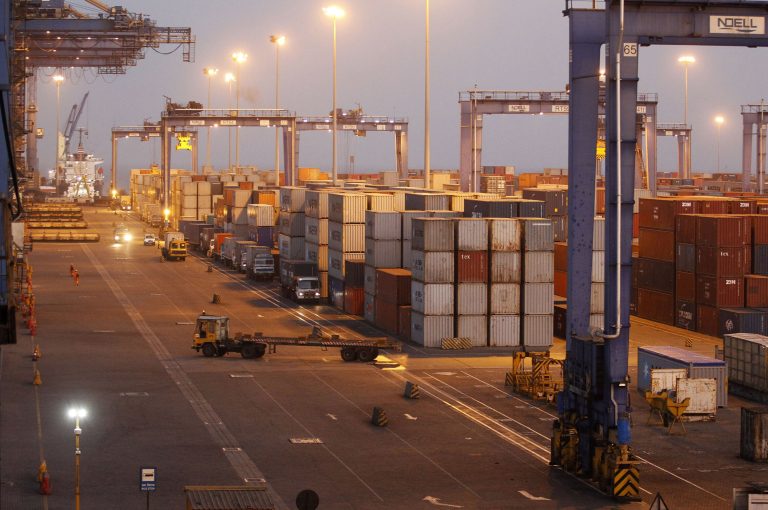On Jun. 11, the Philippines’ most popular volcano, Mayon — located in the country’s northeast — was spotted pouring lava down its slopes, forcing thousands to flee the surrounding area.
Standing at 2,462 meters as a perfectly conical volcano, Mayon, one of 24 active volcanoes in the Philippines, prompted a level-three alert on a five-step warning system on Jun. 8, signaling a hazardous eruption in the coming days or weeks.
“What we are seeing now is an effusive eruption,” Teresito Bacolcol, director of the Philippine Institute of Volcanology and Seismology, told the Associated Press (AP). “We are looking at this on a day-to-day basis.”
It was reported that the lava spewing out of Mayon came after several rockfall events during the previous 24 hours, compared with 177 the day before, al-Jazeera reported. Twenty-one tremors were also detected, compared with a mere two previously. June 10 saw sulfur dioxide emissions tripled, volcanologists reported.
“There is a concomitant health risk while being close to the eruption because of inhaling sulfur dioxide gas or the particulate matter of ash-falls,” Health Secretary Teodoro Herbosa told a press briefing on Sunday.
Success
You are now signed up for our newsletter
Success
Check your email to complete sign up
The Albay province underwent a state of emergency on June 9, opening up for faster distribution of disaster relief funds should a major eruption happen.
Bacolcol warned that, should the eruption turn violent, the high-risk zone around the volcano may be expanded, potentially prompting more evacuations.
Mayon had seen several eruptions in recent years, erupting in 2013 and 2018. But these pale in comparison to the eruption that occurred in 1814, which killed 1,200 people and engulfed an entire town.
The volcano is located on the Pacific “Ring of Fire,” a network of seismic faults that usually sees most of the world’s earthquakes and volcanic eruptions.
READ MORE:
- Survivors of Cyclone Mocha Struggle as Aid Comes Too Slow
- Migrant Numbers Surge at Southern Border Ahead of the End of Title 42
- Boiling Seawater Gushing Out of Oregon Coast Fault Line Intrigues Researchers Studying Cascadia Subduction Zone
Fiery panic
As the volcano spewed, around 13,000 people were evacuated as of Monday, the BBC reported. People fled restaurants and bars in the seaside promenade of Legazpi, the provincial capital, taking pictures of the lava flowing down Mayon.
“[A violent eruption] could happen within days or weeks or even months. No one knows when it will happen but thousands of people have left their homes and they are in different evacuation centers,” al-Jazeera’s Barnaby Lo reported from the Albay province.
Speaking to the AP, Marilyn Miranda, a resident, said she, her daughter and her 75-year-old mother had to flee their home in the town of Guinobatan, which was within the danger zone. They have taken shelter in a high school. Her mother recently suffered a stroke.
“We had this feeling that our end is near,” she said, tears flowing.
Amelia Morales, a 63-year-old resident, and her family have faced many tragedies recently, having to bury her husband who died of “an aneurysm and other illnesses” on Friday. She had to hold the funeral wake in a crowded emergency shelter after being told to stay away from their community near the volcano.
“I cannot do anything but cry,” she said.
To make matters worse, authorities warned that Typhoon Guchol, racing right for the Philippines from the Pacific, would bring heavy rains, threatening communities near Mayon.
“There’s a typhoon and flood waters may rush down Mayon and swamp this village. That’s one of our fears,” house painter Villamor Lopez told the AP.
The governor of Albay, Edcel Greco Lagman, and Welfare Secretary Rex Gatchalian assured that preparations were made should monsoon rains cause mudflows and rockfalls.
“We will still make sure that we will have no casualties from any compounded calamities,” Lagman said.
al-Jazeera has taken several pictures of the situation, documenting the evacuation process and the smoking volcano.







